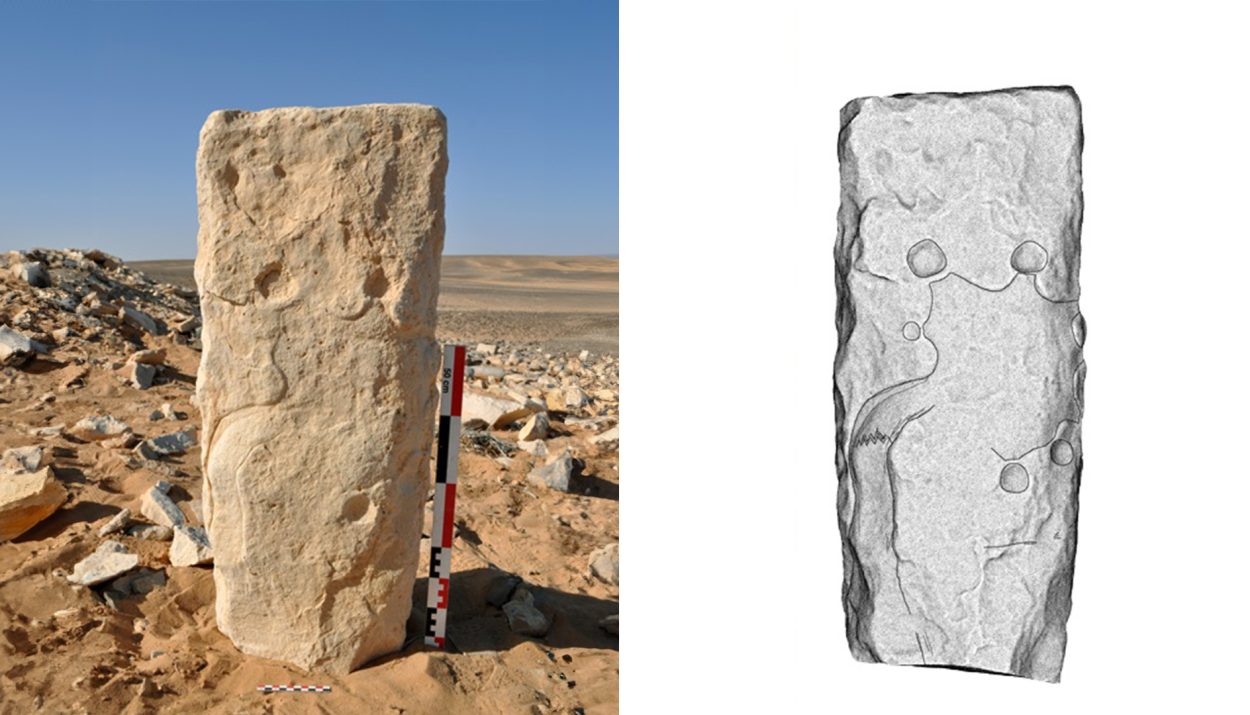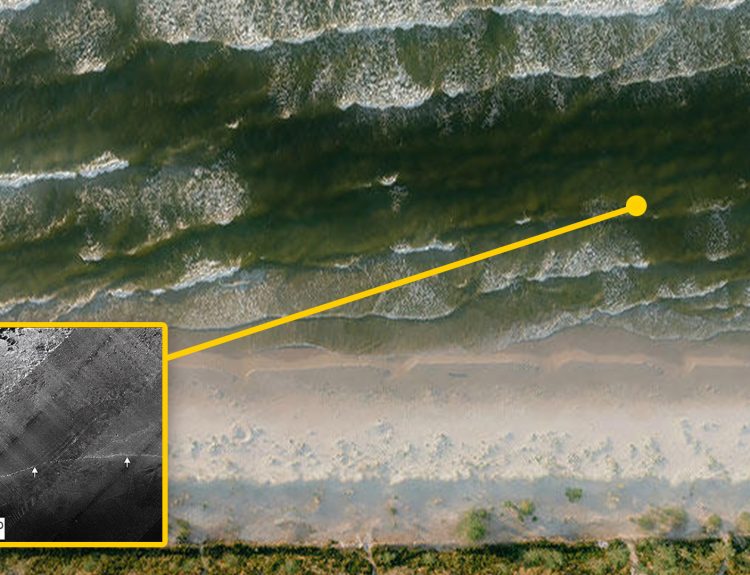Today, before architects and engineers embark on a massive building project, they develop a blueprint. The blueprint not only shows them what the end result should look like. It offers them a plan or guide to its construction. It is always a good idea to have a plan in place before starting a project.
Stone Age humans, it turns out, also followed this mantra. Although their blueprints were carved in stone, they still included detailed plans and a highly developed skill set that hint at a more advanced level of thinking.
Stone Age Humans
The caveman spokesperson in the Geico commercials is always trying to tell us that Stone Age people were not the dimwitted, brutish simpletons they’ve been made out to be. Maybe it is time to listen to him. The reality is that Stone Age humans displayed remarkable ingenuity, creativity, and adaptability.

People living in the Stone Age – which ranged from about 2.5 million years ago to about 3000 BC – crafted tools, made weapons, created art, and were capable of abstract thinking. The evidence tells us that they lived in complex societies, engaged in spiritual rituals, and built some impressive structures.
Neolithic Structures
Massive, awe-inspiring Neolithic structures, such as Stonehenge in England and the megalithic temples of Malta, serve as a tangible reminder that Stone Age humans were capable of creating more than simple cave paintings. When people began establishing permanent settlements around 10,000 BC, they used their skills to build large, lasting stone structures.
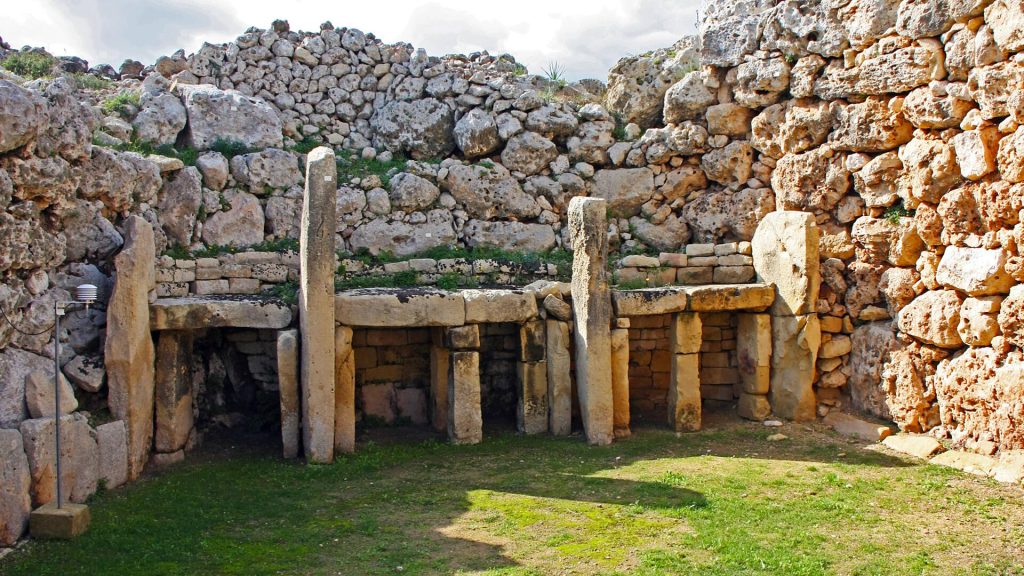
Many of the structures had utilitarian purposes, as we will soon see. But others likely served as religious or spiritual centers, ceremonial sites, and markers for astronomical observations. For centuries, modern humans have marveled at these ancient structures and wondered how such primitive people could erect them.
Building from a Blueprint
According to a recent report published in the academic journal PLOS ONE, Stone Age humans built these mega-constructions from preset blueprints. Several ancient stone engravings have been discovered near Neolithic sites that show how early humans followed plans.
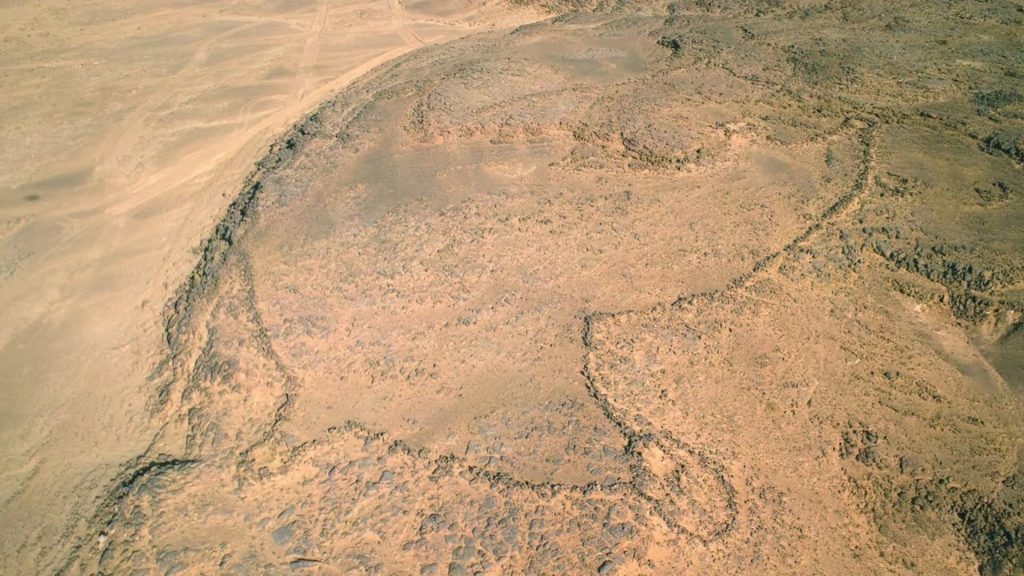
As the article explains, the oldest known examples of these ‘blueprint’ engravings provided detailed directions for building a desert kite, a type of large trap for catching and slaughtering wild animals. The blueprint is an accurate scale model of a desert kite found nearby.
Discoveries in the Deserts
Remy Crassard, an archaeologist with the French National Center for Scientific Research, along with his team of researchers discovered two ancient monoliths in 2015. One was found in the desert of Jordan and the other in Saudi Arabia.
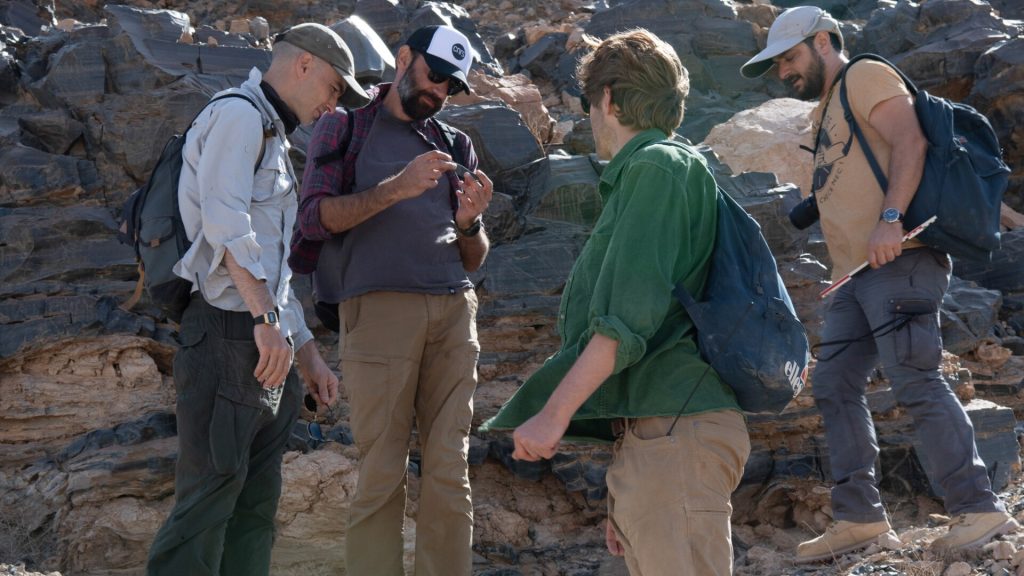
As Crassard explained, the two monoliths were between 7,000 and 9,000 years old and were covered with detailed engravings.
Desert Kite Traps, Ancient Hunting Traps
Although archaeologists have discovered more than 6,000 desert kite traps, these structures were only identified and studied in the 1920s. They consist of stone walls that converge at a single point. Desert kites are found mostly in the Middle East, Northern Africa, and Central Asia.
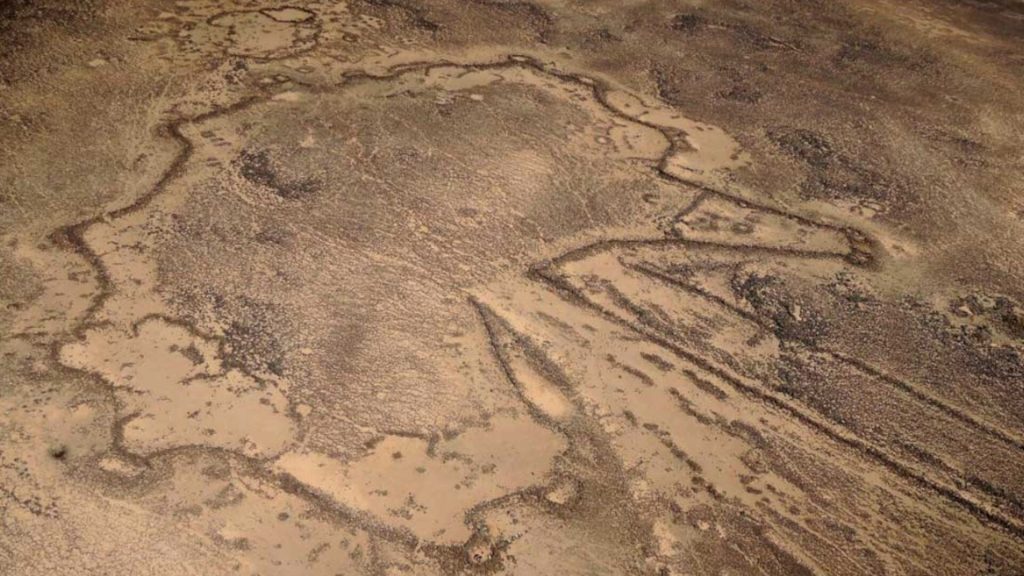
The prevailing theory regarding desert kites is that they served as traps for hunting large herd animals. The hunters would drive the animals into the walls where they had nowhere to go but the convergence point where hunters awaited them.
Desert Kites Represent Massive Construction Projects
The stone walls in desert kites are typically about three or four feet high. The end points are spread far apart, but the walls converge in a kite-like shape. At the convergence point, the builders would dig a deep pit to trap the animals. Pits have been found as deep as 13 feet.
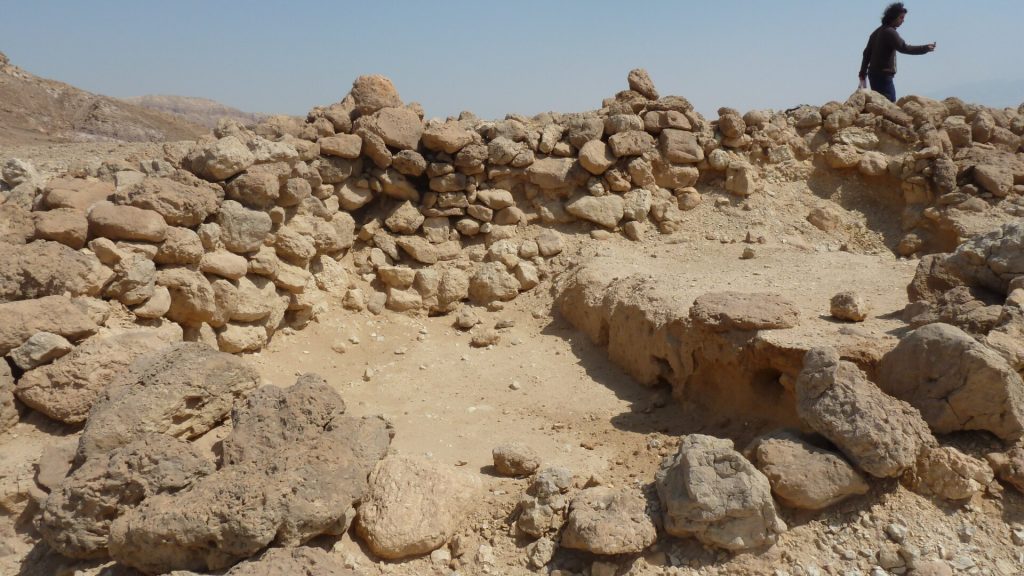
Some desert kite traps had walls that were several yards long. Others have walls as long as three miles in length.
The Size of Desert Kites Was Unclear Until the 1920s
In the last few hundred years, people assumed the walls were the remains of houses or fencing for farm animals. Only when they were first viewed from above – when pilots first flew their aircraft over the region in the 1920s – was the true scale revealed.

Today, using satellite imagery and LIDAR scanning technology, more desert kites have been discovered and the sheer scale of previously known desert kites have been shown.
The Correlation Between Desert Kites and Engraved Stones
Crassard and his team of researchers have studied numerous desert kites and have found correlations between them and engraved stones located nearby.
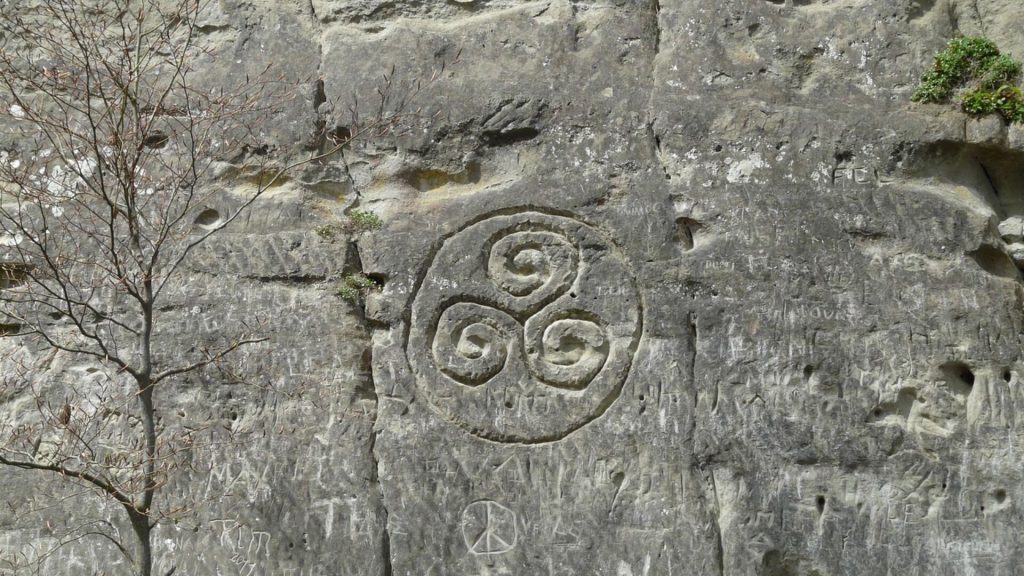
He said, “The extreme precision of these engravings is remarkable, representing gigantic neighboring Neolithic stone structures, the whole design of which is impossible to grasp without seeing it from the air or without being their architect.”
Built Away from Human Settlements
Crassard’s research team noted that desert kites were typically built in places away from human settlements. This adds another piece of evidence to suggest that they were used for hunting rather than for housing.
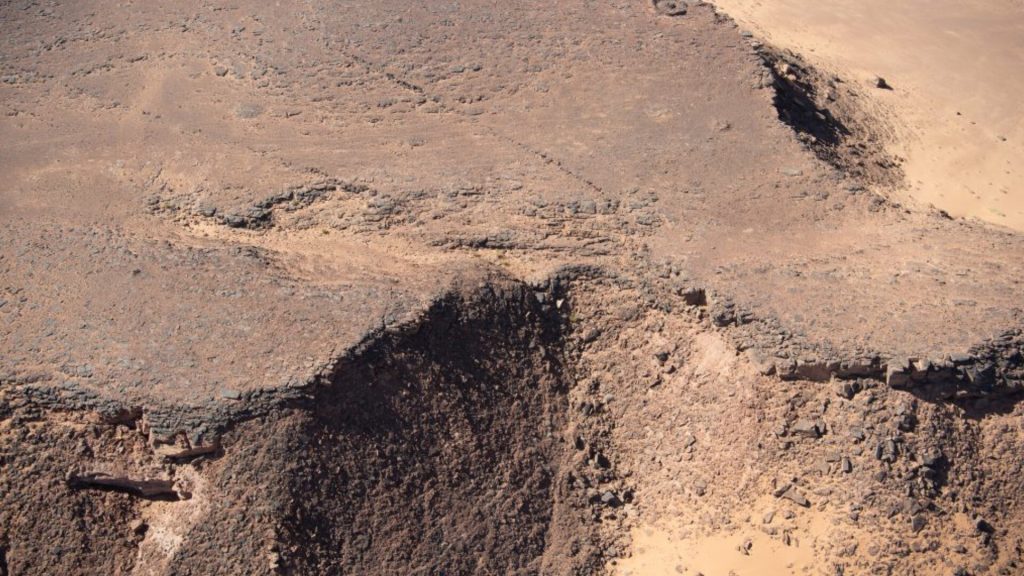
The amount of work and planning that went into the traps suggests the importance placed on acquiring animal-based resources. The traps were not solely focused on securing meat, but also for getting the bones, hides, hones, and hair that they used for making tools, weapons, and clothing.
Predating Stonehenge
According to Crassard’s report, the desert kites in Jordan and Saudi Arabia predate Stonehenge in England by more than 4,000 years. He noted that while humans have been altering their surroundings for “at least 40,000 years,” it is rare to find plans or blueprints that accompany these ancient constructions.
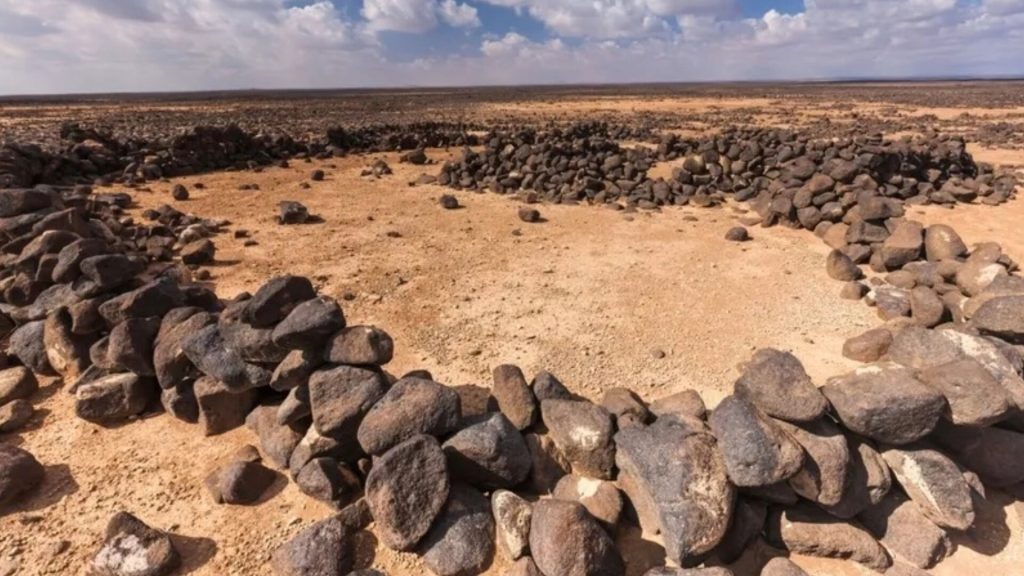
The engraved stone blueprints “reveal a widely underestimated mental mastery of space perception, hitherto never observed at this level of accuracy in such an early context,” he stated.
Advanced Surveying and Mathematics
Stone Age humans had not yet developed pottery making, agriculture, metalworking, or other hallmarks of modernity at the time when they were planning and building massive desert kites.
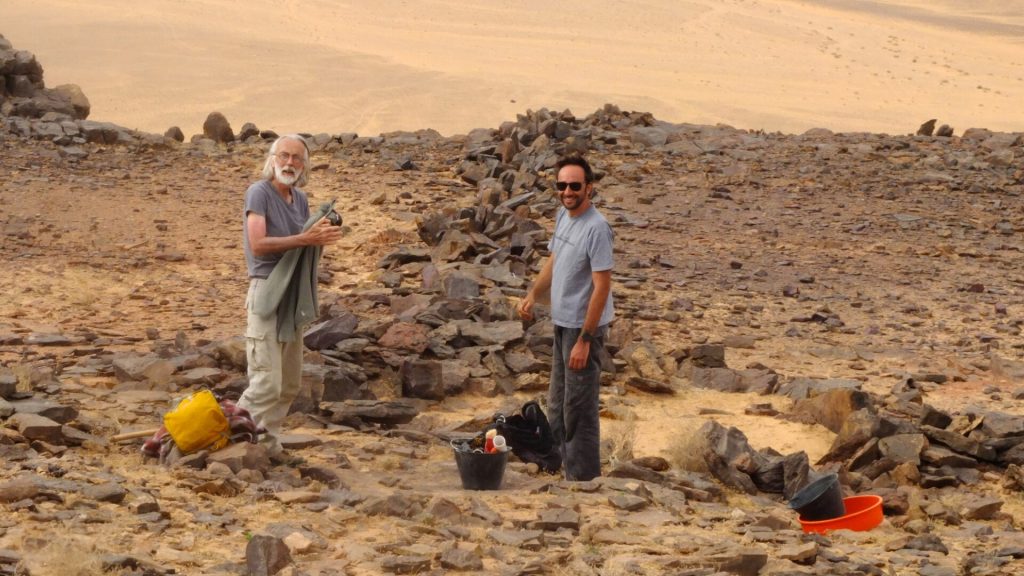
“It would therefore seem that kite-building hunters knew how to use a surveying technique, still unknown to us, involving notions of measurement and even calculation,” the report explained. “This tends to call into question the idea that a complex literate society is a necessary condition for map-making,” they added.
The Blueprints Are Accurate and Detailed
The engraved monoliths found near the desert kites in Jordan and Saudi Arabia are detailed and accurately show the accompanying hunting traps to scale. Even though it was impossible for Stone Age builders to see the construction project from the air, the blueprints show that the designers had a preset overview of the plans.
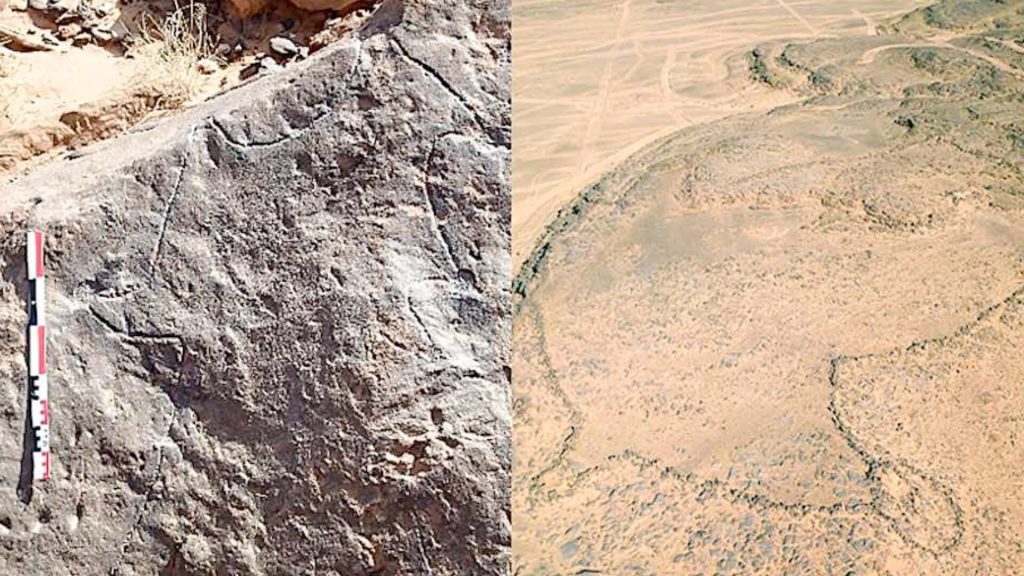
In fact, some of the carvings on the blueprint stones even indicate that the plans included how the desert kites were to be used. The report stated, “The engraved plans could have helped not just in the building of the vast animal traps, but also in the planning of hunts.”

